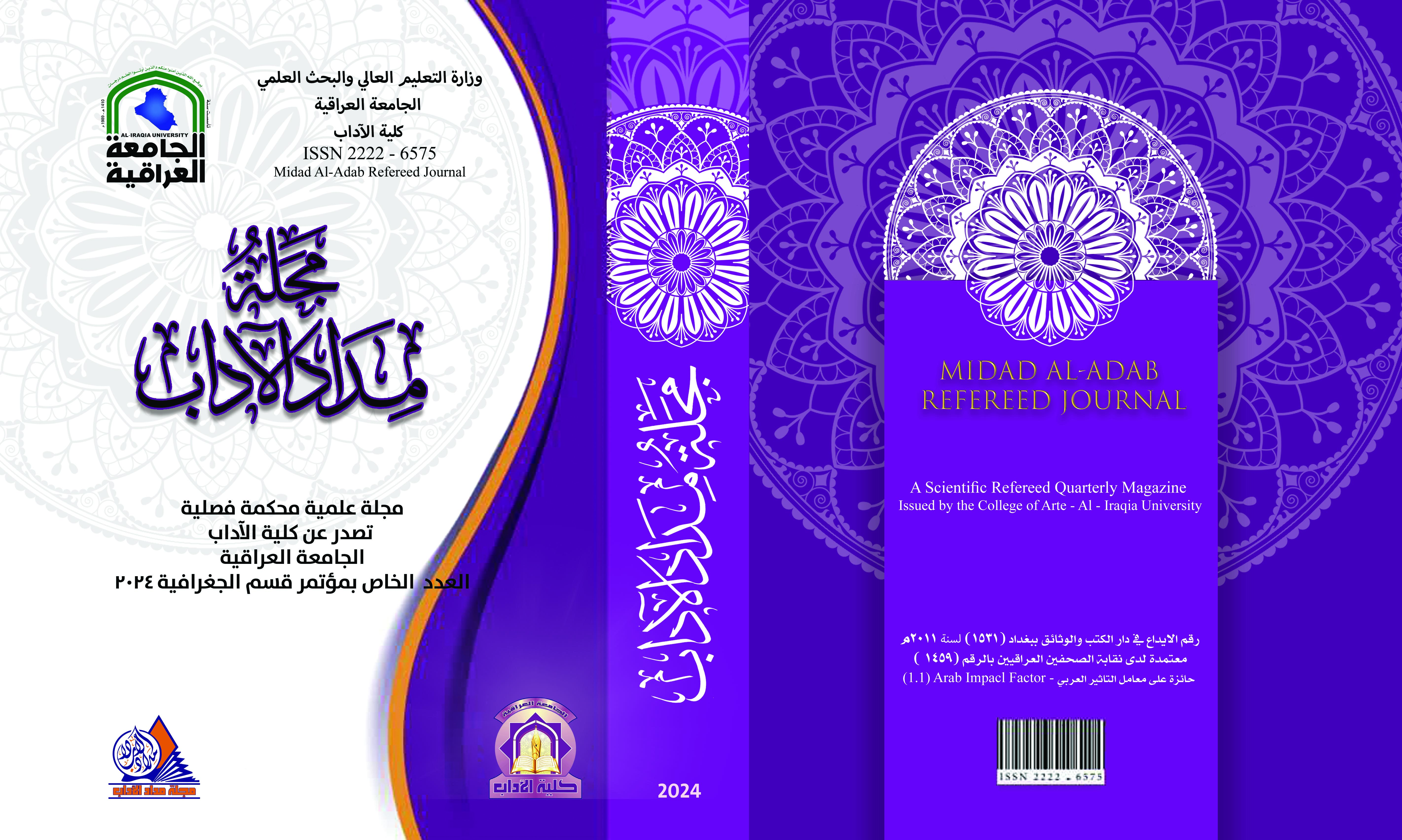Quantitatively measuring geomorphic activity
DOI:
https://doi.org/10.58564/ma.v14iالعدد%20الخاص%20بمؤتمر%20قسم%20الجغرافية.1440Keywords:
Keywords: geomorphic activity, geographic information systems (Arcgis), standard deviation.Abstract
The Kalani basin is located in the Sulaymaniyah Governorate within the Kurdistan Region in northern Iraq, between two latitudes (35°25'58.0" and 35°35'09.0") north, and two longitude arcs (45°41'25.0" and 45°51'37.0") To the east, the basin is characterized by various natural characteristics and different topography, which is the type of geomorphic processes in it and the reason for the difference in its topographic shapes resulting from these processes. The natural characteristics of the basin were studied and converted into a grid system suitable for the Geographic Information Systems (Arcgis) environment, and then the necessary mathematical operations were performed to extract the activity map Quantitative geomorphology of this basin.
The research concluded that the difference in the natural characteristics of the basin affected the level of geomorphic activity in it, so it appeared that the extent of the relative difference between its geomorphically active areas and its less active areas was equal to (37 degrees), as the active areas were combined (58 degrees) while the least active areas were combined (21 degrees) , and the areas with high activity covered the highest percentage among the types of geomorphic activity, as they constituted (38.65%) of the area of the basin, while the areas with the highest and least activity in terms of geomorphic activity constituted (5.13%) and (1.42%), respectively, of the area of the Kalani Basin.
Downloads
Published
Issue
Section
License

This work is licensed under a Creative Commons Attribution-NonCommercial-NoDerivatives 4.0 International License.








